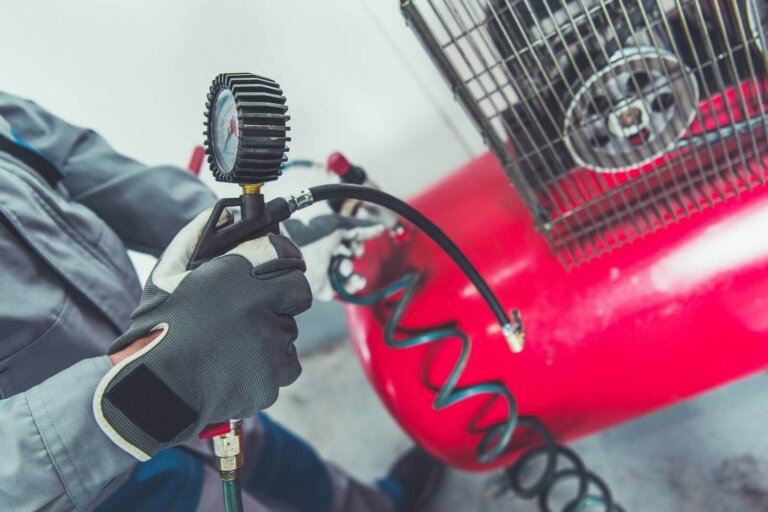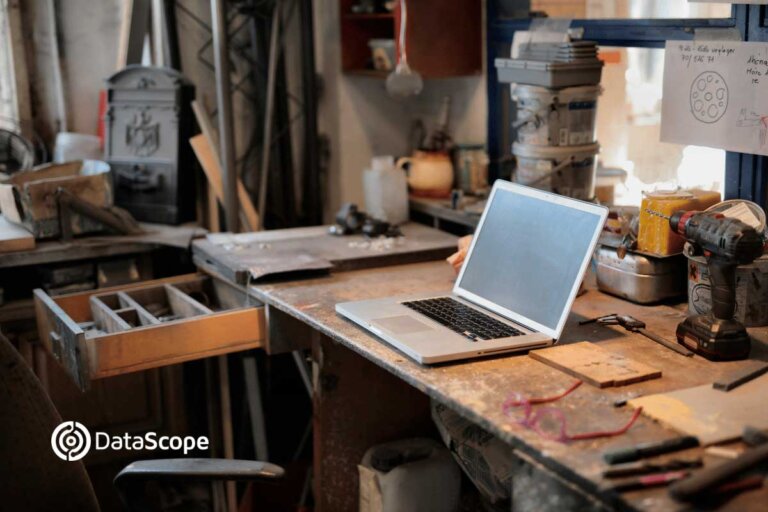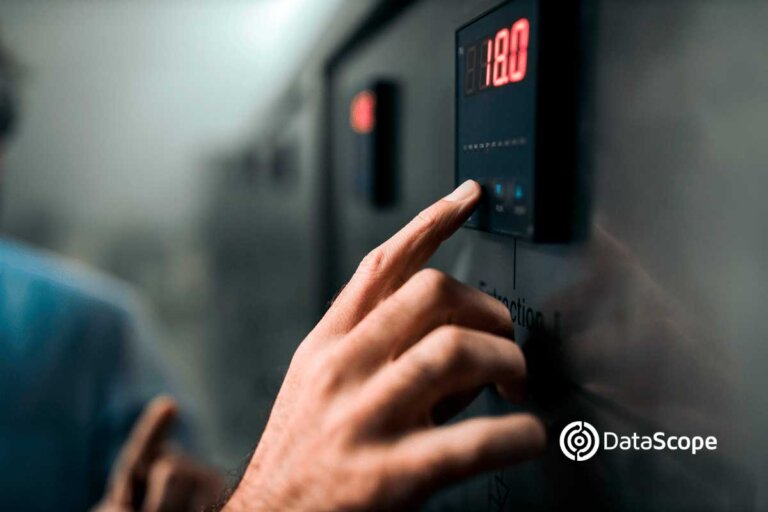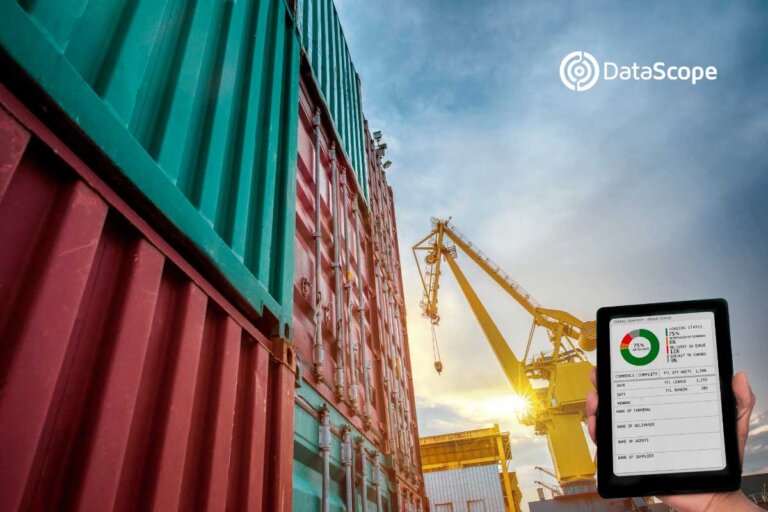Industrial maintenance work is a fundamental tool for the proper functioning of any company. It has a direct impact on the production process and, for that reason, it becomes a fundamental aspect when evaluating and projecting its development, regardless of the sector to which an organization is dedicated.
Broadly speaking, we identify three different types of maintenance. The preventive and predictive, which refer to taking actions that seek to prevent a breakdown or failure that paralyzes production, damaging the objectives of the company. The third of them, and on which we will focus our attention, is correction maintenance, the purpose of which is to correct once a defect has already occurred in some equipment or installation.
Importance of maintenance
In its most general definition, industrial maintenance is a set of activities necessary to achieve the optimal functioning of the facilities, machinery and equipment, as well as the different workspaces that make up these industrial facilities.
At the same time, the final objective of industrial maintenance is to guarantee production, quality, and maintain a correct operation of the equipment, extending its shelf life. This includes repair and overhaul work that is required to ensure that the production system works correctly and is kept in the best possible state of conservation.
Therefore, industrial maintenance is an investment and generates considerable benefits regarding the avoidance or reduction of losses due to production stoppages. It also prevents and avoids work accidents, which increases safety for the people involved in the production process.
What is corrective maintenance?
As its name indicates, corrective maintenance is one that is carried out with the aim of correcting and repairing faults or defects that occur in equipment and machinery.
Within the maintenance options, it is the most basic form. The reason is that, due to its reactive nature, it simply involves repairing what is failing. This makes corrective maintenance a process that basically consists of locating and correcting the situations that prevent a machine from performing its function normally.
Types of corrective maintenance
Corrective maintenance has been the most recurrent way that companies have to face the failures of their machines. However, we can identify two types of corrective maintenance:
- Contingent corrective maintenance
During the production process, equipment is exposed to the possibility of damage or breakdowns that prevent it from continuing to operate, forcing an unforeseen interruption. These types of contingencies require a repair so that the equipment can function properly again and it is possible to resume work.
This action defines contingent corrective maintenance, where a failure forces an unplanned reactive action. In addition, it involves a quick repair, in order to count with the damaged machine as soon as possible, always seeking the least impact in terms of material and human damage, as well as significant economic losses for the company.
- Scheduled corrective maintenance
When we speak of programmed corrective maintenance, we refer to the action of anticipating possible failures that a piece of equipment may suffer during its shelf life from one moment to another.
The fundamental difference with contingent maintenance action is that when scheduled, this type of maintenance seeks to foresee, based on previous experiences, when a piece of equipment needs to undergo a maintenance process to identify worn parts, breakdowns or any sign that is leading to equipment stoppage.
In this case, the procedure consists of carrying out a general inspection to obtain a diagnosis of the condition of the machine in question. This corrective maintenance option allows to establish in advance and schedule the date on which this revision will be carried out, organizing the availability of time, personnel and technical resources, in addition to taking advantage of the hours when the machines are inactive or in periods of little or low activity.
Corrective maintenance: advantages and disadvantages
When opting for corrective maintenance, with the aim of keeping the machines in the best possible condition to maintain the highest possible levels of productivity, there are some advantages and disadvantages that must be considered when making the decision to plan this type of action.
The main advantages of corrective maintenance are:
- Higher durability of equipment – Allows to extend shelf life of equipment and machinery through repair or change of parts and failure corrections.
- Efficient process of equipment acquisition – Freeing the company from having to purchase new equipment every time a breakdown occurs, enabling greater and more efficient cost control.
- Short term cost reduction – By not producing stoppages or expenses in parts and labor in a preventive way, when the machines are in good condition and a reactive maintenance process is chosen.
- Less planning work – When corrective maintenance is chosen, not much organization is required for prevention, so resources are only moved when the need to correct a failure occurs, identifying the specific component to repair and performing the correction work.
- Process simplification – It becomes an easy to understand process. All you have to do is act once a situation occurs that forces you to repair a failure or breakdown of a certain equipment.
- Higher cost-benefit relationship – As long as that the costs of stopping production for preventive maintenance are greater than the investment necessary to carry out a corrective maintenance, the latter will be a better solution.
Like any process related to decision-making in the business environment, corrective maintenance also has disadvantages. Among them we identify:
- Unpredictable failures – In general, when opting for corrective maintenance, there is no habit of observing equipment after purchase or during a period of constant operation. However, failures will always occur at some point, but will be even more unpredictable under this maintenance mode.
- Non-scheduled operations stop – When maintenance periods are performed reactively, an unforeseen failure means stopping the production process and having time to review the equipment, identify the failure, obtain the necessary parts to correct the problem and solve it. However, these times can become critical as this process is delayed due to difficulties in identifying the problem, delays in obtaining spare parts or other imponderables that have not been planned or foresee.
- Limits equipment shelf life – By not protecting or caring for equipment in a preventive manner, the possibility of serious breakdowns or failures increases, reducing their durability.
- Higher long-term repair costs – When a failure is expected to perform remedial maintenance, failures are generally more serious and can be extremely costly, causing negative effects on productivity. It can even affect aspects related to the reputation of the company, customer satisfaction, safety or the impediment of a productive and efficient management.
How to transform corrective maintenance into a digital solution?
Corrective maintenance can be a support to maintain the digital equipment used in a company. It can also become a digital solution, as part of a tool to avoid a series of paper documents and forms.
In the first case, corrective maintenance is simply the process described above, applied so that computers or other devices related to the production process work correctly and efficiently.
However, corrective maintenance can be digitized. This means the entire process related to work orders, including all the details and levels of customization that are required for each maintenance action. This makes things easier, speeding up and optimizing the communication process, transmission of instructions between headquarters and execution teams, collection of records and files, among other variables that can be included in a personalized way according to the requirements of each area or company.







